I'm sure there is some boundary-map algorithm in image processing to do this.
Otherwise, here is a quick fix: pick a pixel at the center of the
"undiscovered zone", which initially is the whole image.
trace the horizantal and vertical lines at 4 directions each ending at the
borders of the zone and find the value changes from 0 to 1 or the vice verse.
Trace each such value switch and complete the boundary of each figure (Step-A).
Do the same for the zones
that still are undiscovered: start at some center
point and skim thru the lines connecting the center to the image border or to a
pixel at the boundary of a known zone.
In Step-A, you can also check to see whether the boundary you traced is
a line or a curve. Whenever it is a curve, you need only two points on it--
points at some distance from one another for the accuracy of the calculation.
The lines perpendicular each to these two points of tangency
intersect at the center of the circle red in your figure.
